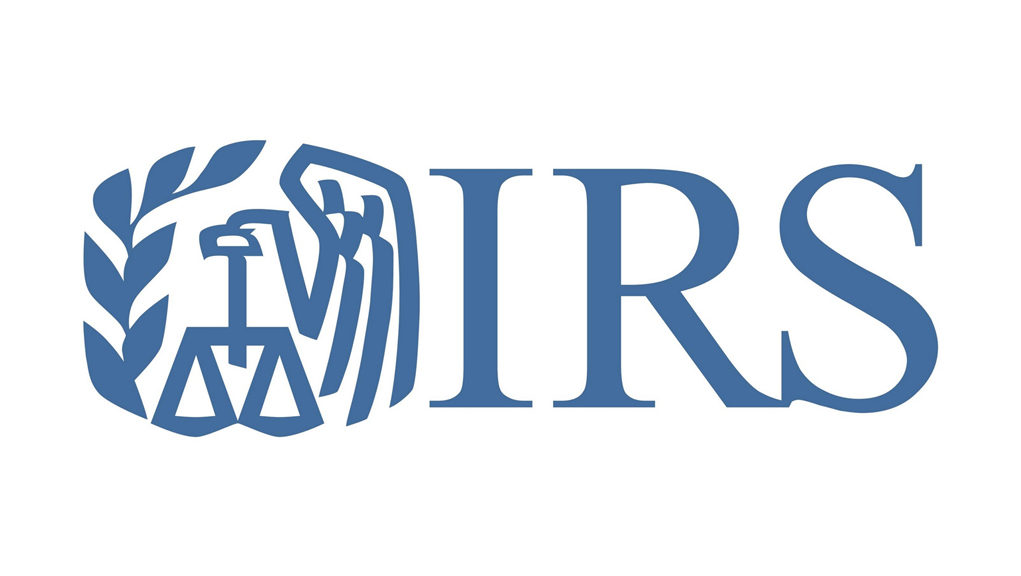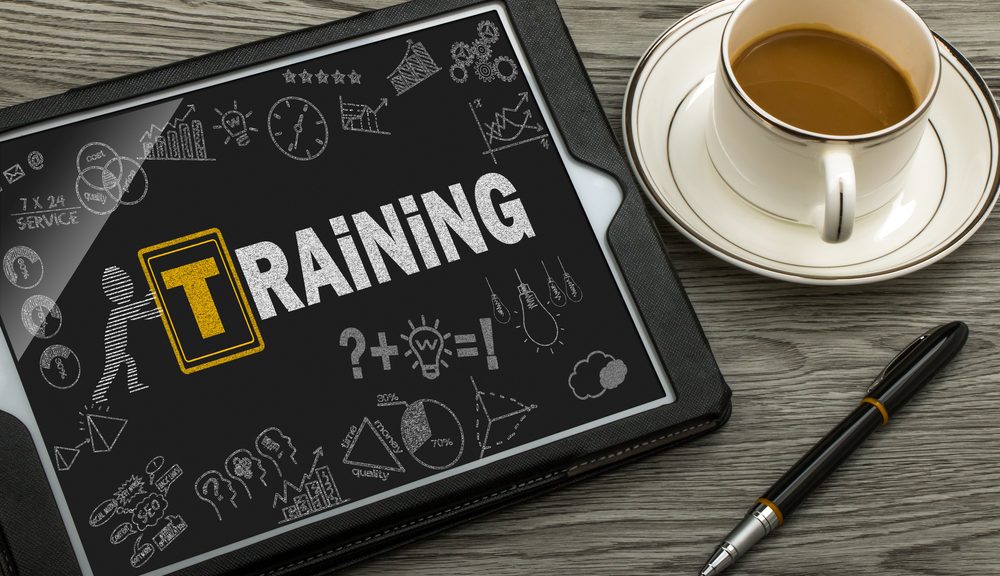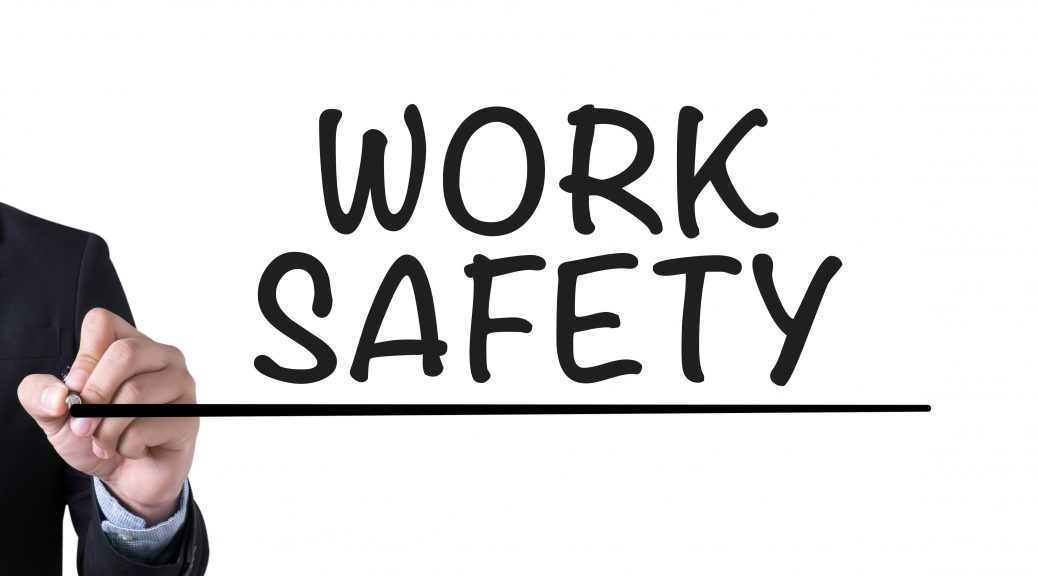I know, how can it be December already? Every day you get wrapped up in the immediate demands of your business operation, and before you know it, we are in the last calendar month of 2019. If you are looking for a worthwhile initiative that can be fully implemented before the new year, consider adopting a written WORKPLACE SAFETY PROGRAM that can result in a 2% workers’ compensation insurance premium credit. Create a safer workplace for your employees AND save your company money? This is as close to a mic drop as we get in the wonky world of HR and risk management.
Florida Statute 440.1025 outlines the specific requirements for a written safety program to qualify for a 2% reduction in work comp premiums. Upon its implementation, you can download the Employer Certification form at http://www.myfloridacfo.com/Division/WC/pdf/safety_credit_app.pdf and submit to your insurance carrier.
Whatever your industry, ConsultStu can assist in putting together a compliant safety program. If your business operation already requires task-or-equipment-specific safety training (whether for operating forklifts, handling chemicals, or deep-frying chicken tenders) then we’ll incorporate the existing materials into the Program. Or, maybe your workforce is office-based and nobody has really given much thought to safety concerns or awareness. We have standard, universal content applicable to all businesses, construction and general industry.
There are eight required components of a Florida approved Safety Program, but don’t be intimidated. They dove-tail nicely together to cover all the aspects of your safe workplace:
A Written Safety Policy:
This does not have to be a literary masterpiece, but it will make official the commitment of owners and management to providing a safe work environment. Best practices include identifying the roles and responsibilities of everyone involved: management, supervisors, employees, and any assigned safety coordinators or trainers. Your Safety Policy can be enhanced with optional sections to address Active Shooter, Workplace Violence, Firearms, Safety Policy Enforcement, and many other custom features.
Safety Rules:
Everyone can benefit from safety rules, whether they pertain to the operation of “vehicle-mounted elevating and rotating aerial devices” (ANSI/SIA A92.2 – 2001) or simply the proper way to lift heavy packages, or how to prevent falls. For every workplace, there must be rules for the prompt reporting of all injuries!
A Provision for Safety Inspections:
The OSHA recommendation for general workplace inspection is fairly vague, so you have flexibility here.
Preventative maintenance:
In the absence of highly specialized industry OSHA mandates, such as apply to grain-handling facilities or crane operators, we default to common sense injury prevention guidelines, which can be as simple as keeping work areas, hallways, stairwell, and exits free of clutter and clearly marked. Any company vehicles, machinery, or personal protective equipment (PPE) should be regularly inspected to be in sound condition.
Safety Training
If you already have work activities that require safety training, document the scope, timing, and frequency of the training. If your company has no safety training, you can implement an onboarding orientation to educate employees about hazard avoidance and reporting, exits, proper use of fire extinguishers, etc. Did you know that if you aren’t providing training in the use of fire extinguishers, you should not establish a policy of employee use?
First Aid:
Employees can improve safety conditions for themselves and for each other when they know where first aid kits are located and what actions to take for wounds, cuts, or burns? First aid can include non-minor injuries – assistance that can be rendered while waiting for 911 responders.
Accident Investigation:
Outline the post-incident procedures that will be followed if an accident does occur. At a minimum, the procedure should result in a report that documents what happened, identify the root cause of the accident, and what corrective actions should be taken.
Necessary Recordkeeping:
Your commitment to safety includes the creation and proper retention of Accident Investigation Reports, OSHA logs, safety training, inspections, and acknowledgments.
Don’t procrastinate any longer, start today and you can begin saving as soon as your plan is certified by your insurance carrier. Need help? Give Consultstu a call today!







